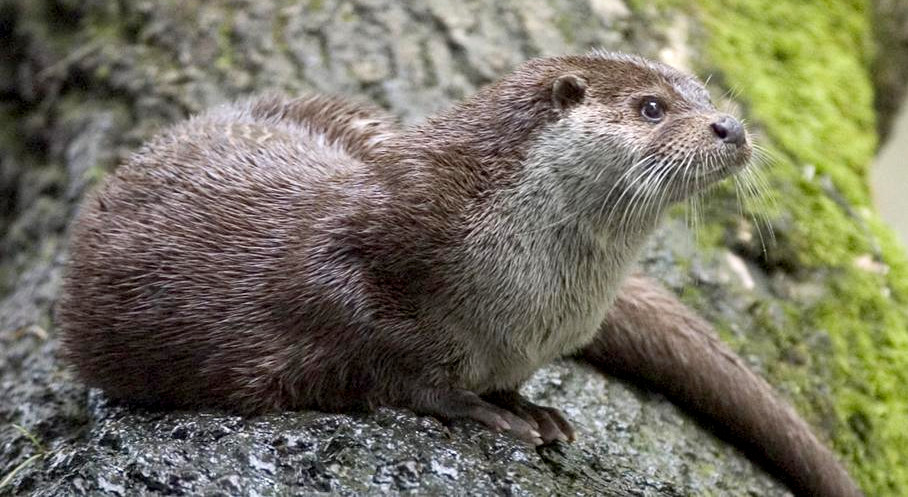- Courses
- GS Full Course 1 Year
- GS Full Course 2 Year
- GS Full Course 3 Year
- GS Full Course Till Selection
- Answer Alpha: Mains 2025 Mentorship
- MEP (Mains Enrichment Programme) Data, Facts
- Essay Target – 150+ Marks
- Online Program
- GS Recorded Course
- NCERT- First Ladder
- Polity
- Geography
- Economy
- Ancient, Medieval and Art & Culture AMAC
- Modern India, Post Independence & World History
- Environment
- Governance
- Science & Technology
- International Relations and Internal Security
- Disaster Management
- Ethics
- Current Affairs
- Indian Society and Social Issue
- CSAT
- 5 LAYERED ARJUNA Mentorship
- Public Administration Optional
- ABOUT US
- OUR TOPPERS
- TEST SERIES
- FREE STUDY MATERIAL
- VIDEOS
- CONTACT US
Eurasian Otter
Eurasian Otter
12-06-2025

Why in the News?
- The Eurasian otter, believed to be extinct in Kashmir for the past 30 years, was sighted in the Lidder River in South Kashmir.
- This rare sighting has brought hope for the return of the species to the Valley.
- It is listed as "Near Threatened" by the IUCN.
- Wildlife officials have now started monitoring its movement through CCTV cameras.
What are the Key Highlights?
- About:
- The Eurasian otter is a shy and quiet animal.
- Even though it lives in a large area, its number is going down in many countries.
- This otter likes to play. It eats many things like fish, crabs, frogs, and sometimes even small birds, eggs, insects, and worms.
- The Eurasian otter is active mostly at night. It lives near rivers, lakes, and streams.
- The Eurasian otter can grow up to 4 feet long.
- It usually weighs around 10 kilograms.
- This animal is a very good swimmer and can swim at a speed of 10 kilometers per hour.
- It can also dive as deep as 20 meters underwater.
- Eurasian otters are very territorial, which means they protect their area from other otters.
- They live in parts of Europe, Asia, and North Africa.
- It is known as Vuder in the local language of Kashmir.
- It lived in lakes, rivers, and streams.
- The return of the otter gives hope that the local water life may also be recovering.
- In the past, otters were seen in Dachigam, Dal Lake stream, Rambiara stream in South Kashmir, Lidder River in Pahalgam.
- This year, otters have been seen in three places: Gurez Valley (in May), Heerpora in Shopian, Srigufwara in South Kashmir.
- Conservation Status:
- IUCN : Near threatened
-
-
- WPA : Schedule I
- CITES : Appendix I
-
International Union for Conservation of Nature (IUCN)
Convention on International Trade in Endangered Species of Wild Fauna and Flora (CITES)
Wildlife (Protection) Act, 1972About:
Key Features of the WPA:
Classification of Species:
|
- Reasons for Extinction:
- Water Pollution: Rivers and lakes became dirty. Pesticides used in farming entered the water and threatened the species .
- Hunting for Fur: People hunted otters for their fur, which caused their numbers to go down.
- Since otters eat fish and other small water animals, the pollution made it harder for them to find food.
What are the Challenges and Way forward?
Challenges |
Way Forward |
|
|
|
|
|
|
|
|
|
|
|
Ensure IAS Mains Question Q. The rare sighting of the Eurasian otter in Kashmir after three decades has sparked hope for aquatic biodiversity recovery. Discuss the factors that led to its disappearance and suggest steps needed to ensure its conservation. (250 Words) |
|
Ensure IAS Prelim MCQ: Q. Consider the following statements with respect to the Eurasian Otter:
How many of the above statements is/are correct?
Answer: b Explanation:
|




